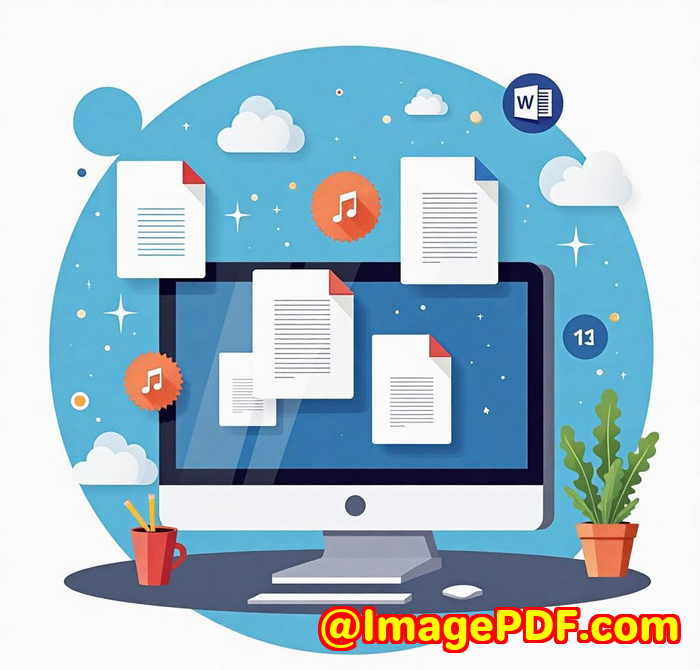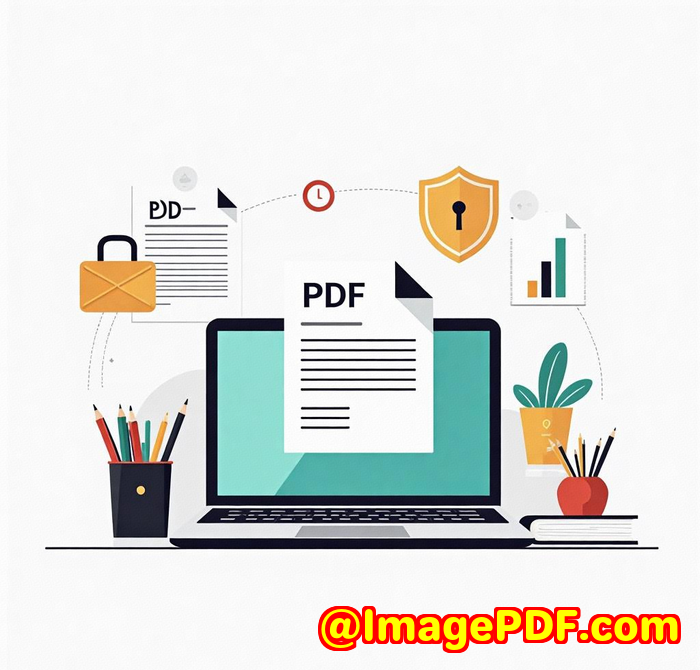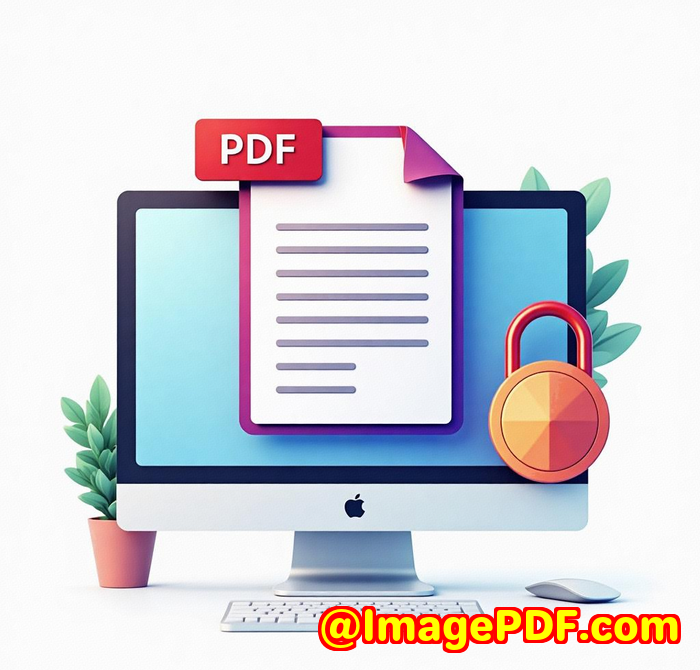VeryPDF Webpage to PDF API vs PDFmyURL Which Tool is Better for SEO Snapshot Archiving
VeryPDF Webpage to PDF API vs PDFmyURL: Which Tool is Better for SEO Snapshot Archiving?
Every time I needed to archive webpages for SEO snapshots or digital records, I found myself tangled in a mess of tools that either missed crucial page elements or produced clunky PDFs that hardly resembled the live site. I remember spending hours trying to find a reliable service that could automate this process without a hitch. If you've been there, juggling multiple conversion tools and dealing with inconsistent results, you'll appreciate what I'm about to share.

When it comes to converting web pages into PDFs for SEO snapshots, two names often pop up: VeryPDF Webpage to PDF Converter API and PDFmyURL. Both promise to streamline capturing web content, but after putting both through their paces, I realised there's a clear winner depending on your needs. Here's my honest take, backed by hands-on experience, on which tool works better for SEO snapshot archiving and why.
Why Do SEO Professionals Need Reliable Webpage to PDF Tools?
If you're handling SEO audits, competitive research, or content archiving, you know how crucial it is to have a timestamped, faithful snapshot of a live webpage. Google's algorithm changes, site redesigns, or content updates can wipe out valuable reference points overnight. Capturing exact page layouts, styles, and metadata in a secure PDF format is the best way to preserve proof of your work or your competitor's content.
The issue? Most browser-based tools or free online converters either:
-
Strip out important CSS or JavaScript,
-
Fail to include dynamic content or embedded elements,
-
Take too long to convert, or
-
Offer little control over output formatting.
So, I set out to find a solution that fits the bill for developers and SEO specialists alike, and that's when I discovered VeryPDF's Webpage to PDF Converter API.
How VeryPDF Webpage to PDF Converter API Works and Who It's For
VeryPDF's API is designed primarily for developers and businesses looking to automate webpage-to-PDF conversions. It's a cloud-based, RESTful API that converts HTML content or URLs to high-quality PDFs in under two seconds. What drew me in was the flexibility and advanced rendering engine, based on Google Chrome, which ensures the output looks exactly like the live pageeven with the most complex CSS or JavaScript features.
If you're a developer integrating this into your SEO tools, CMS, or reporting platform, or an SEO professional wanting reliable snapshots without manual hassle, this API is gold.
Key Features that Won Me Over:
-
Advanced Browser-Based Rendering: Full support for modern CSS, JavaScript, custom fonts, and dynamic content, thanks to Chrome's rendering engine.
-
Fast and Scalable: Conversion in under 2 seconds, with parallel processing capabilities to handle batch requests effortlessly.
-
Customisable Output: You can add headers, footers, custom page sizes, inject CSS or JavaScript, and more perfect for branding or compliance.
-
Security & Privacy: HIPAA compliant with 128-bit PDF encryption options, and no data stored by default.
-
Open Graph Image Generation: Automatically generate social media banners or website previews from your content.
-
S3 Bucket Storage: Optionally save converted files securely on Amazon S3 for easy access and management.
My Real-World Experience Putting VeryPDF to the Test
When I first started using VeryPDF's API, I integrated it into a CMS that needed to archive SEO snapshots of dozens of client websites every day. Before this, manual conversion or unreliable tools meant inconsistent PDFs and wasted hours.
With VeryPDF, here's what happened:
-
Setup was a breeze. Their RESTful API worked seamlessly with my PHP backend, and the documentation was straightforward.
-
Every PDF looked spot-on. The rendering engine faithfully reproduced complex layouts including responsive designs and embedded Google Maps, which I hadn't seen with PDFmyURL.
-
Speed was a game changer. I was generating hundreds of PDFs daily with minimal lag, thanks to parallel conversions and webhooks notifying me instantly when jobs were done.
-
Customisation made it professional. I added client branding with custom headers and footers, automatically stamped dates and page numbers, which improved presentation in reports.
-
Data security was reassuring. I handled sensitive client data and appreciated that files weren't stored by default.
Comparing VeryPDF with PDFmyURL: The Pros and Cons
I also tested PDFmyURL side by side, and here's what stood out:
PDFmyURL:
-
Great for quick, basic conversions without much configuration.
-
Easier for non-developers since it offers a simple web interface.
-
Limited control over output formatting and security features.
-
Rendering wasn't always perfect, especially with dynamic elements or newer CSS features.
-
Slower batch processing and limited automation options.
VeryPDF:
-
Developer-friendly with robust API and excellent documentation.
-
Highly customisable PDFs with advanced security.
-
Superior rendering with Chrome engine support.
-
Fast processing, especially with bulk conversion needs.
-
More expensive but worth the investment if quality and automation matter.
When Should You Choose VeryPDF for SEO Snapshot Archiving?
-
If your workflows demand high fidelity PDFs that replicate exact webpage layouts including dynamic content.
-
When you need scalability and speed to generate hundreds or thousands of snapshots regularly.
-
If security and privacy are priorities especially if you're handling client or sensitive data.
-
When you want to integrate PDF generation into your own applications or dashboards.
-
If you want to generate additional content like Open Graph images for social media automatically.
For casual users or one-off snapshots, PDFmyURL might suffice, but for serious SEO professionals or developers, VeryPDF's API offers a reliable, scalable, and secure solution that makes archiving a breeze.
Wrapping It Up: Why I'd Recommend VeryPDF's Webpage to PDF API
In my experience, the VeryPDF Webpage to PDF Converter API solved the most persistent problems I faced with webpage archiving for SEO.
-
It guarantees fast, reliable, and pixel-perfect PDF snapshots.
-
Offers powerful customization options that are simply unmatched.
-
Ensures your data remains secure and private throughout the process.
-
Integrates effortlessly into existing systems with minimal coding.
If you deal with large volumes of webpage PDFs or need an SEO snapshot tool that scales without sacrificing quality, I'd highly recommend giving VeryPDF a try.
Start your free trial now and see how it transforms your SEO snapshot archiving workflow:
https://www.verypdf.com/online/webpage-to-pdf-converter-cloud-api/try-and-buy.html
Custom Development Services by VeryPDF
VeryPDF doesn't just stop at out-of-the-box APIs they also offer tailored custom development services to fit unique project requirements.
Whether you need:
-
Custom PDF processing solutions across Windows, Linux, or macOS,
-
Development with Python, PHP, C++, .NET, JavaScript, or mobile platforms,
-
Windows Virtual Printer Drivers for automated PDF, EMF, or image generation,
-
API hooks for intercepting printer jobs or file system activities,
-
Advanced OCR and barcode recognition for scanned documents,
-
Cloud-based document conversion, viewing, or digital signatures,
VeryPDF's team can build bespoke tools that integrate seamlessly with your infrastructure.
If you have specific technical needs or want to discuss a custom project, reach out via their support centre at http://support.verypdf.com/.
FAQs
Q1: Can I try VeryPDF's Webpage to PDF API without creating an account?
Yes, you can try it out without needing to create an account, which is perfect for testing before committing.
Q2: How fast does the API convert webpages to PDFs?
Most conversions complete in under 2 seconds, even for complex webpages.
Q3: Is batch processing supported for large-scale SEO snapshots?
Absolutely, the API supports batch and parallel processing to handle thousands of documents quickly.
Q4: Can I secure my PDFs with passwords or encryption?
Yes, VeryPDF supports 128-bit encryption and access rights management for PDFs.
Q5: What happens if I exceed my monthly usage limits?
You can continue converting with overages billed separately according to your plan.
Tags/Keywords
-
Webpage to PDF API
-
SEO snapshot archiving
-
HTML to PDF converter
-
Webpage PDF automation
-
VeryPDF API review
If you're tired of wasting time with flaky PDF converters and want a reliable, fast, and secure tool for your SEO snapshot archiving, VeryPDF's Webpage to PDF Converter API is the solution I trust and use daily.



